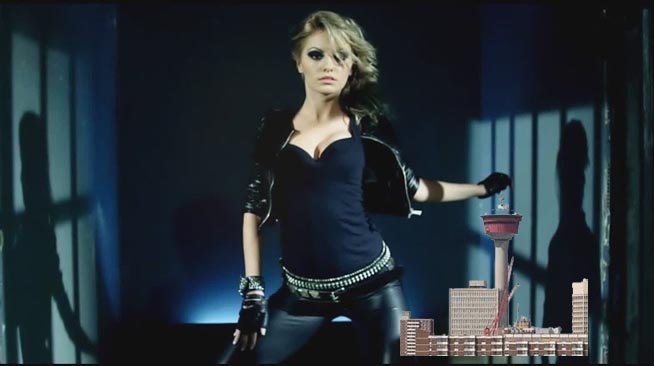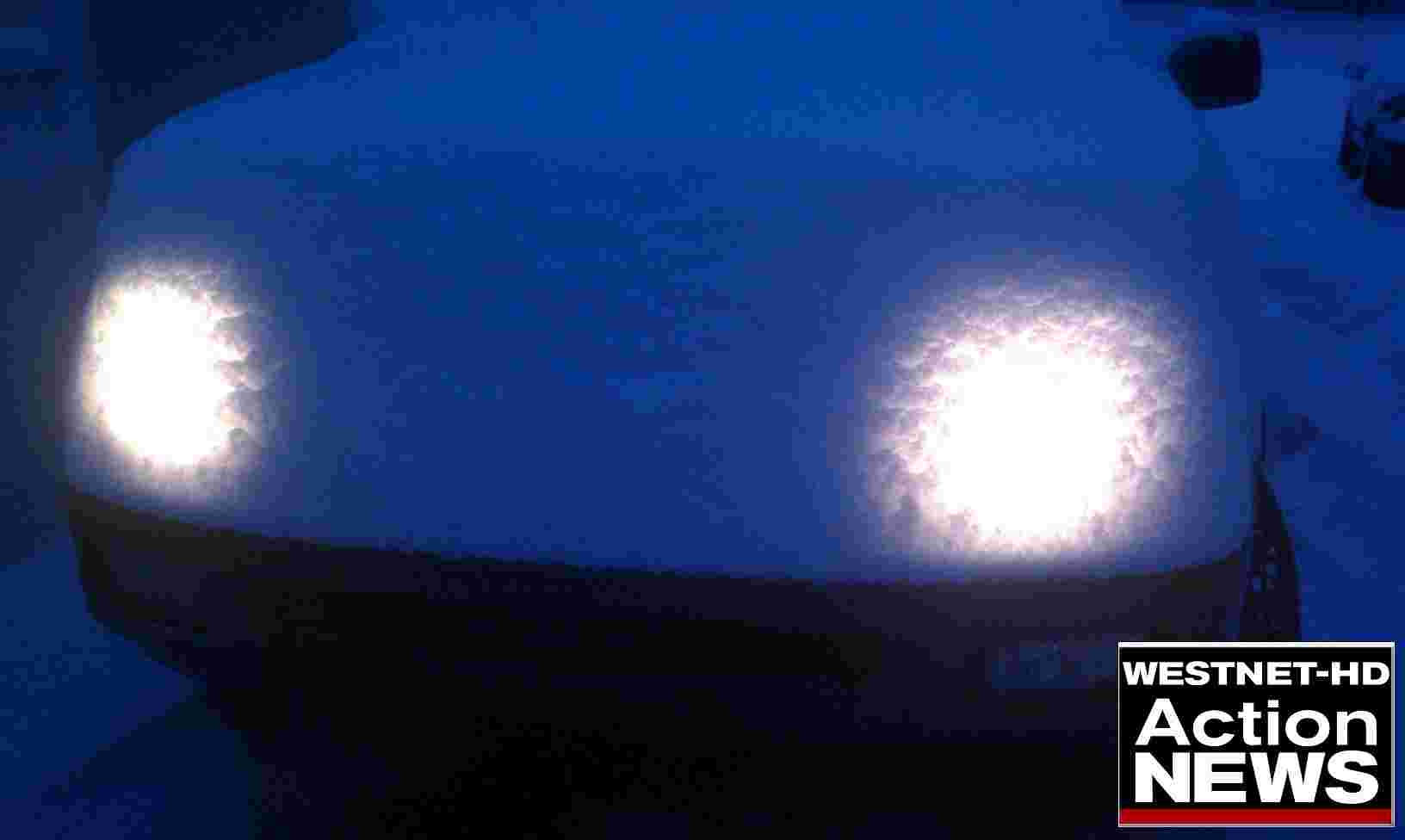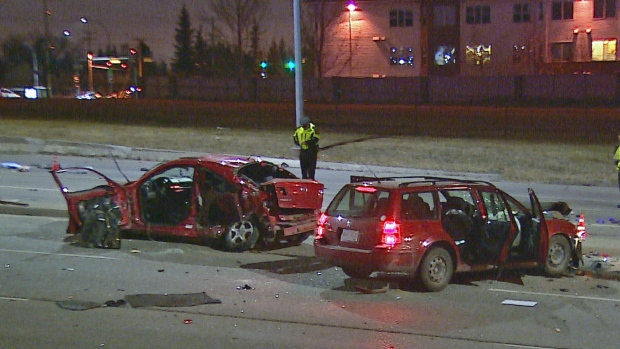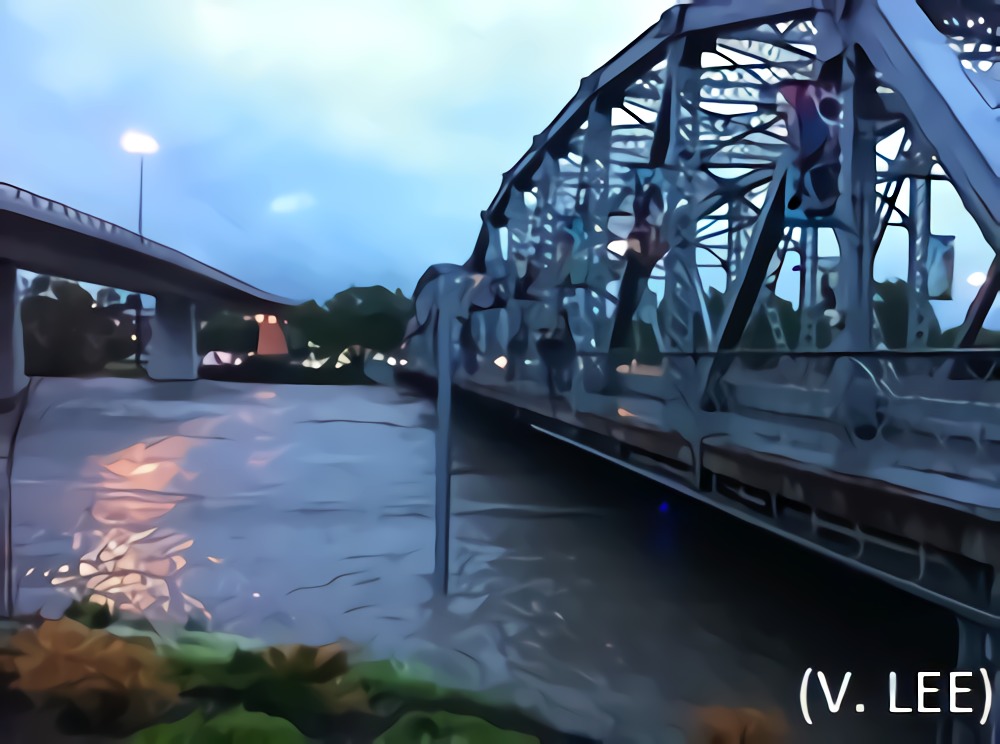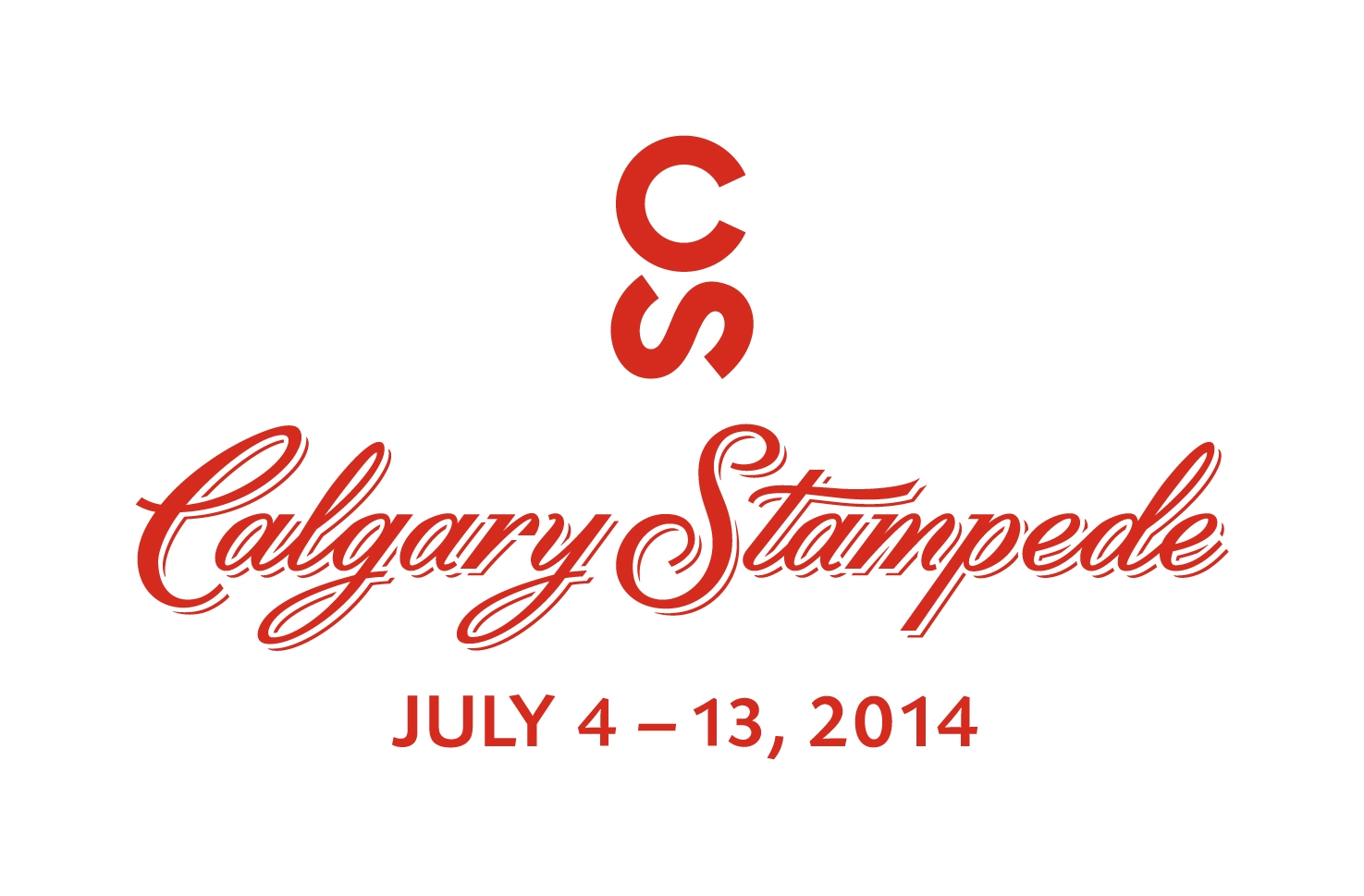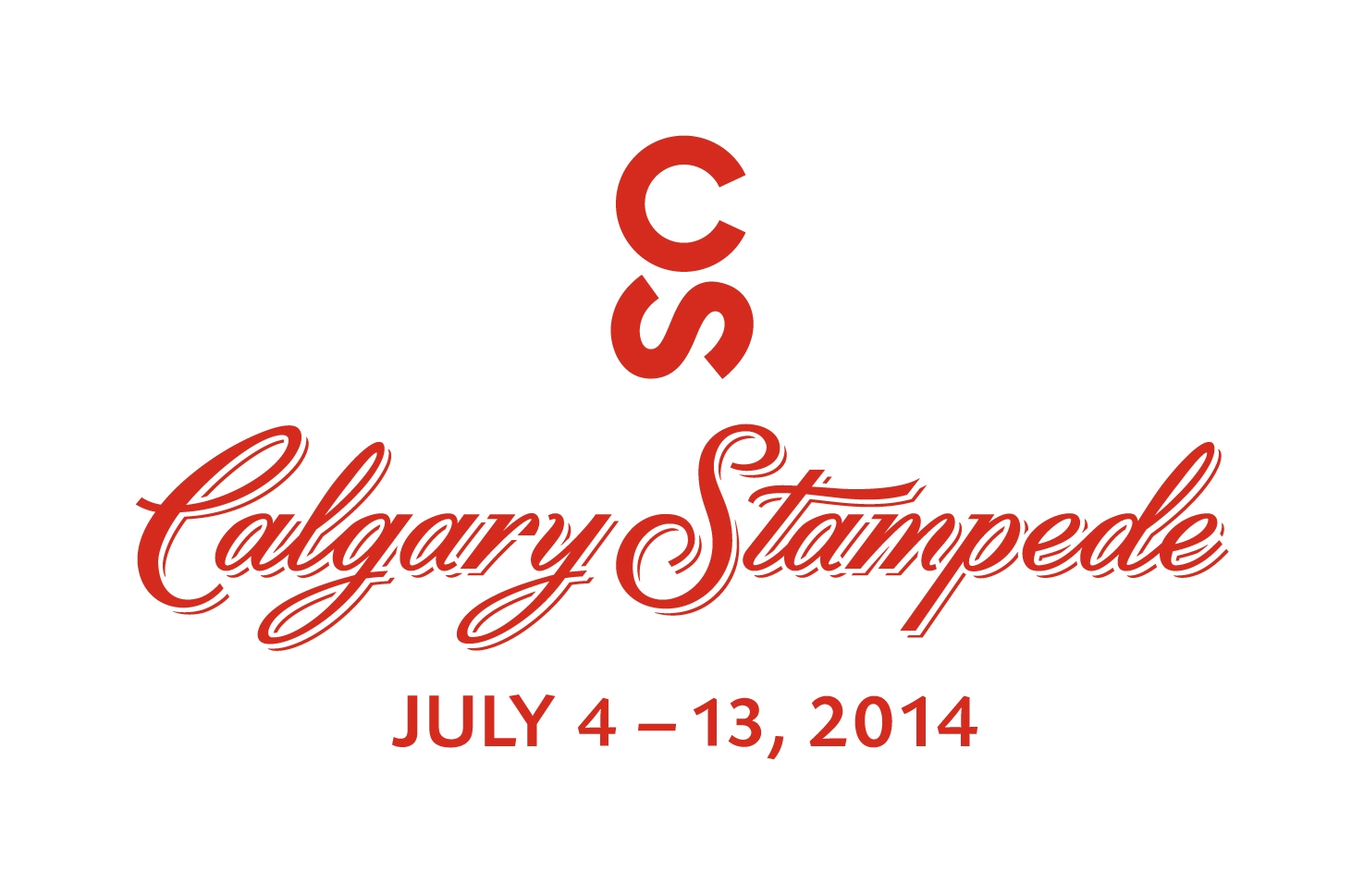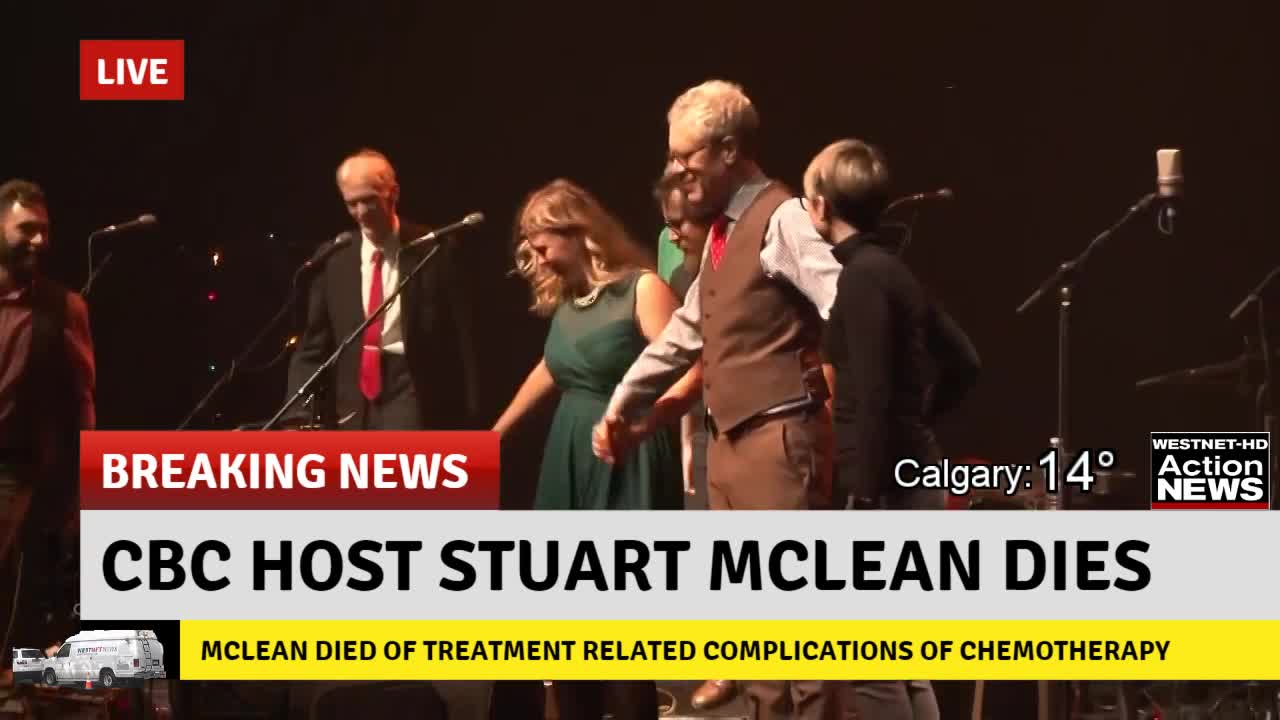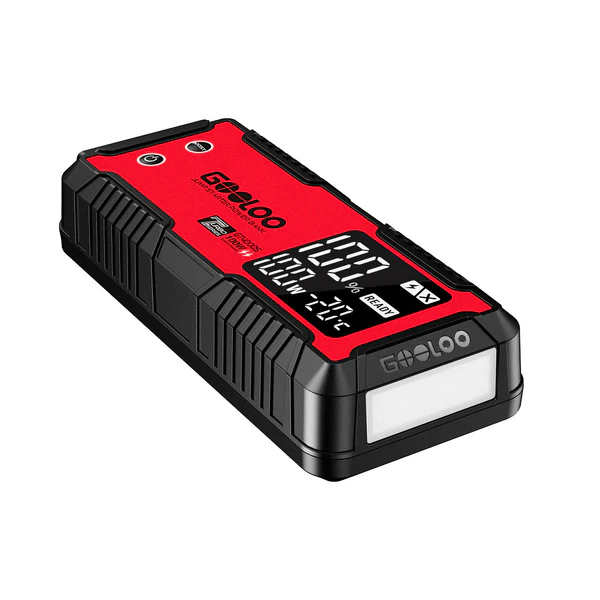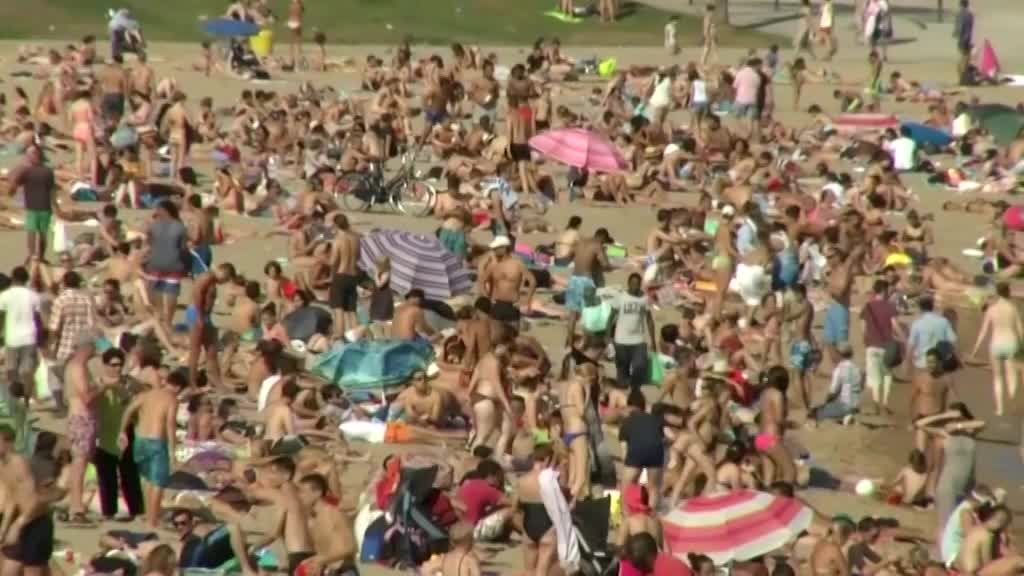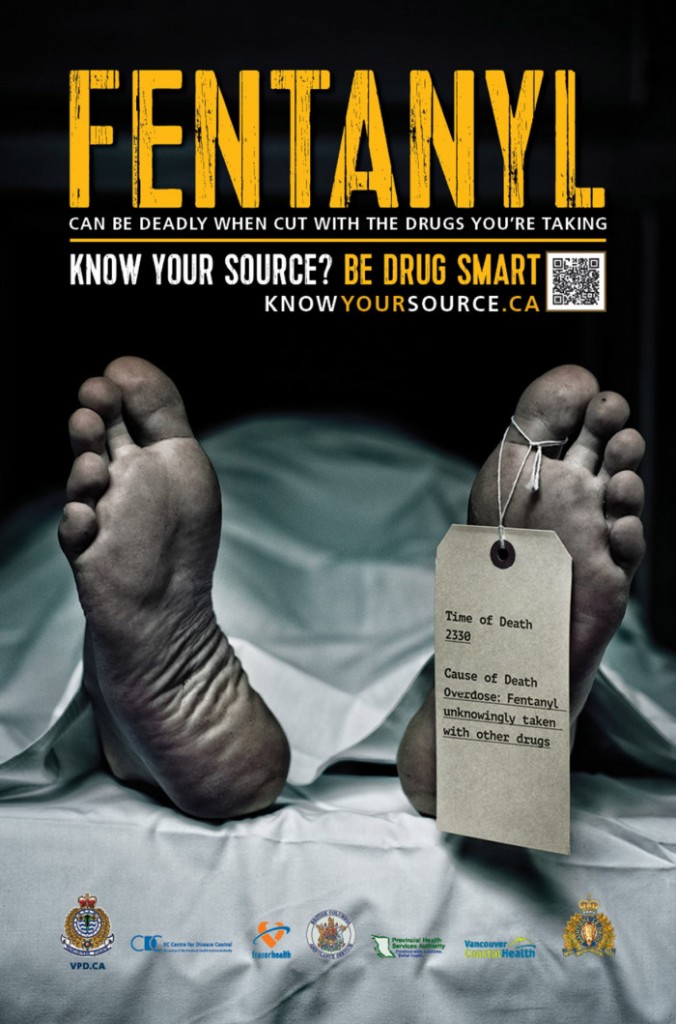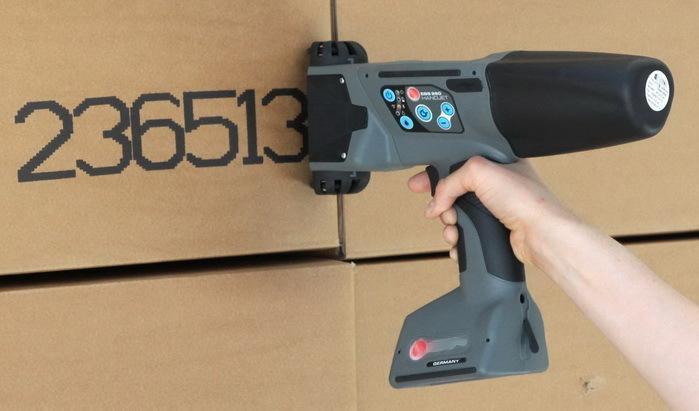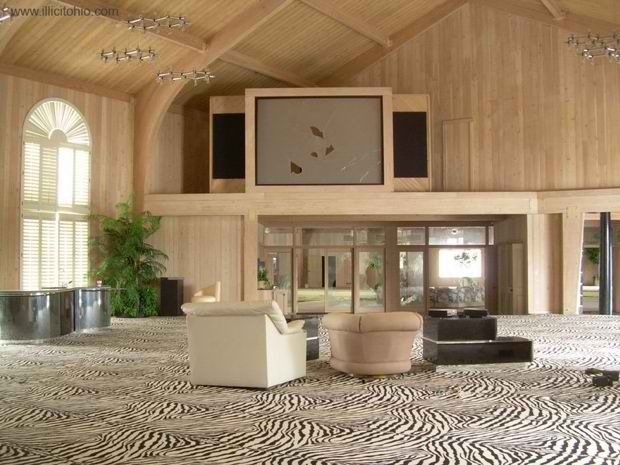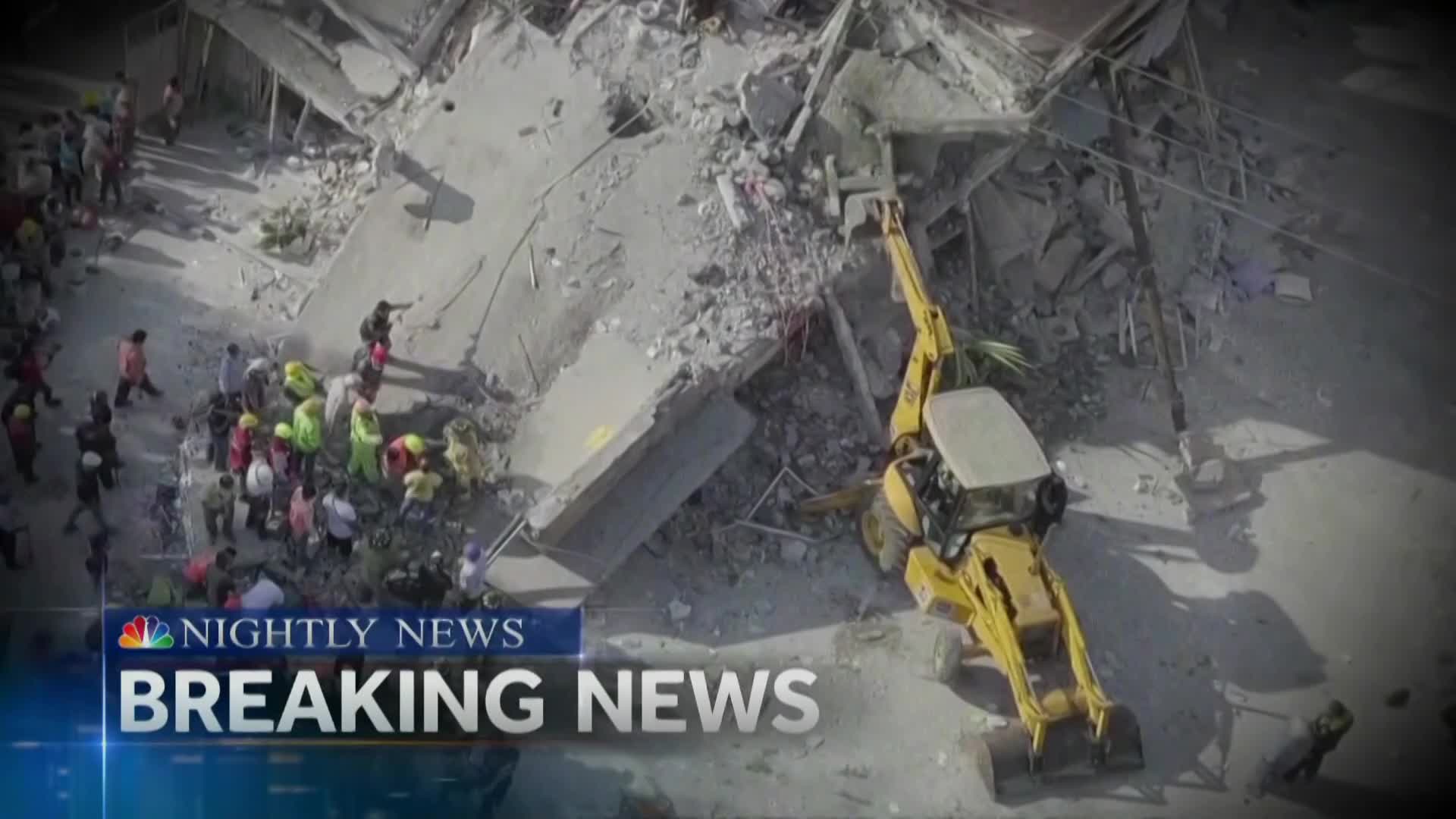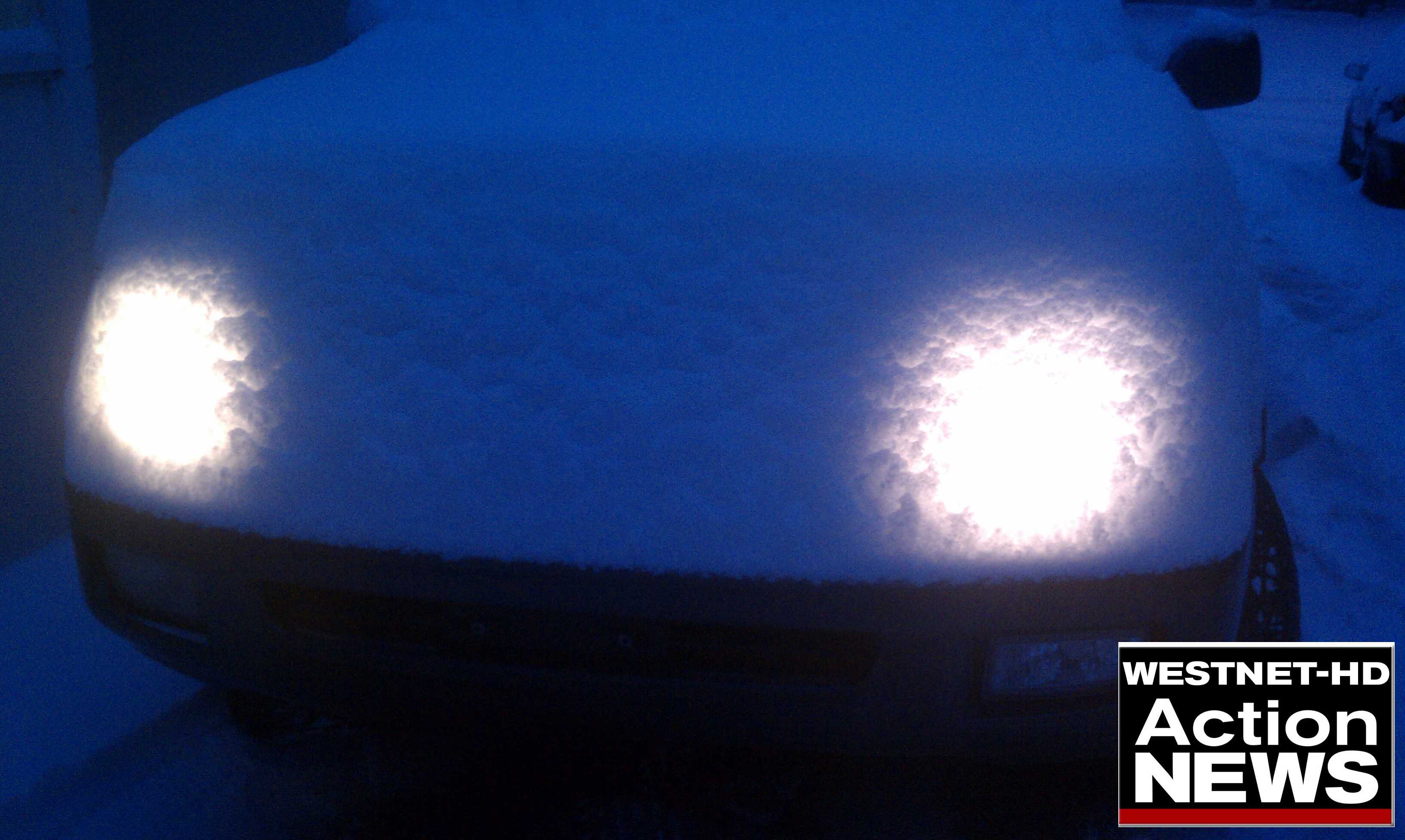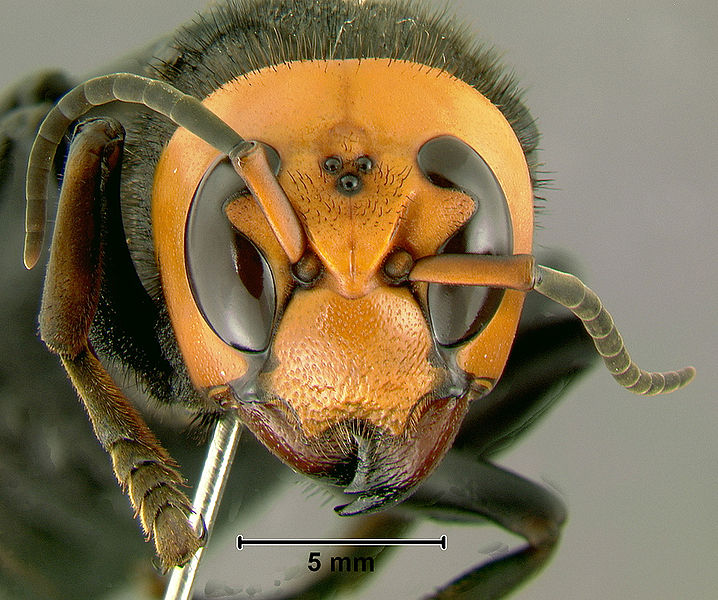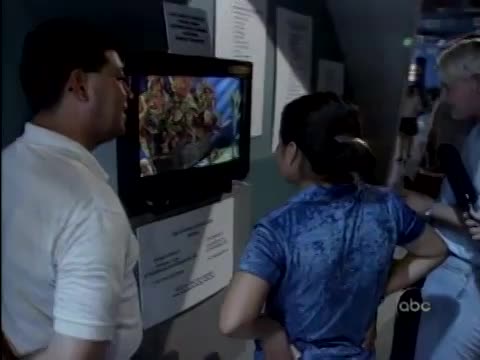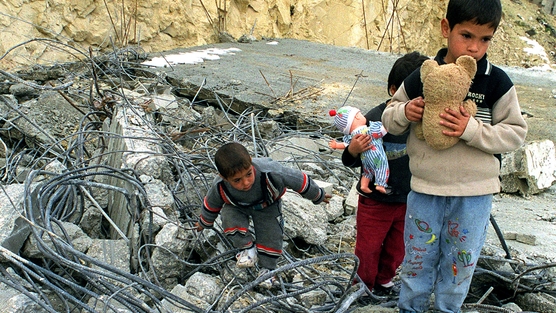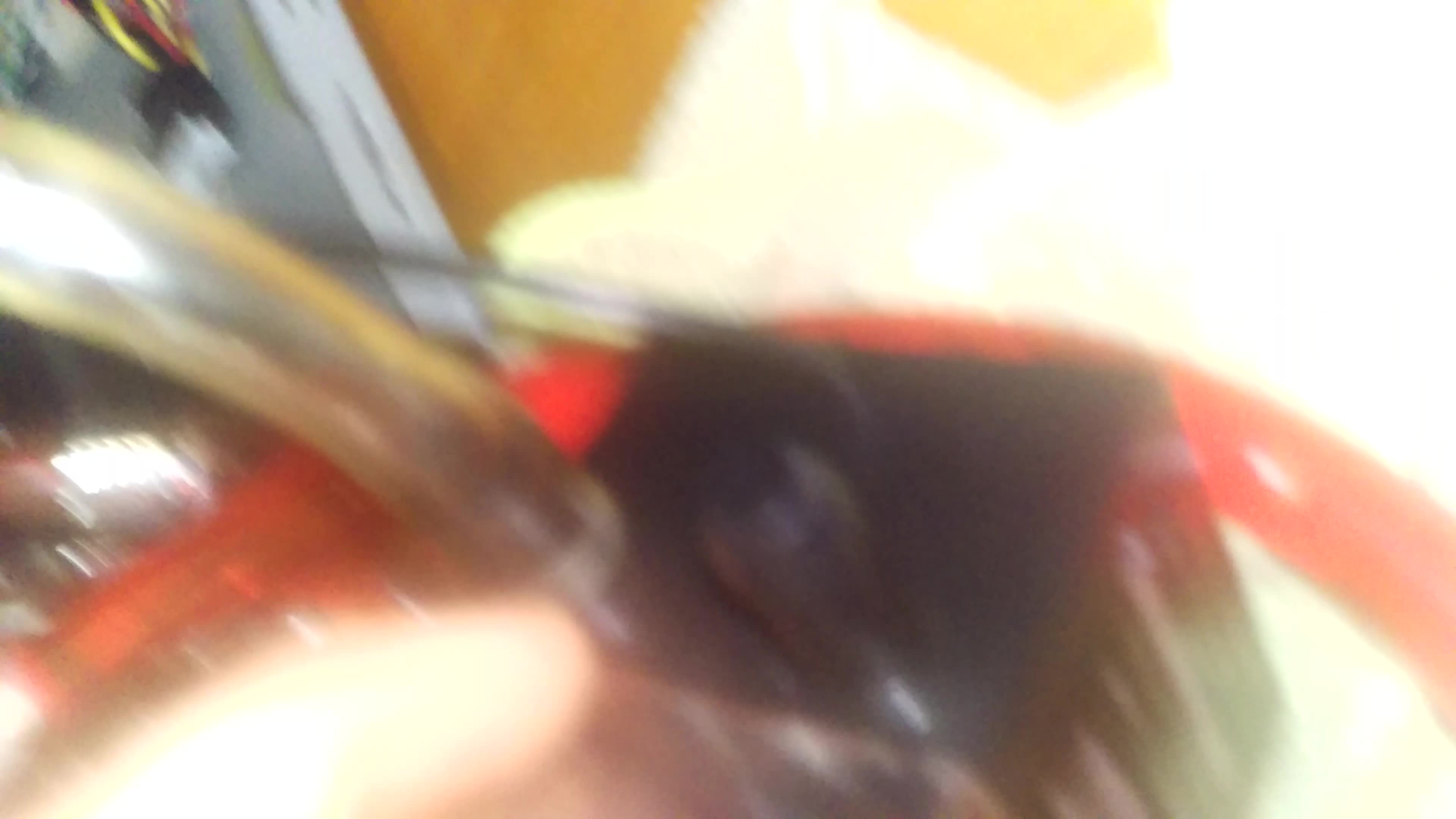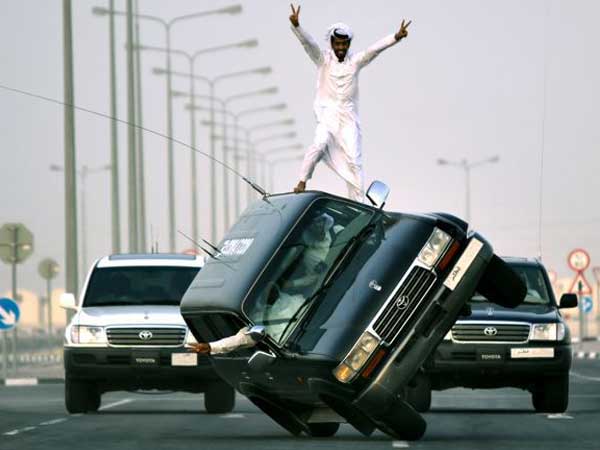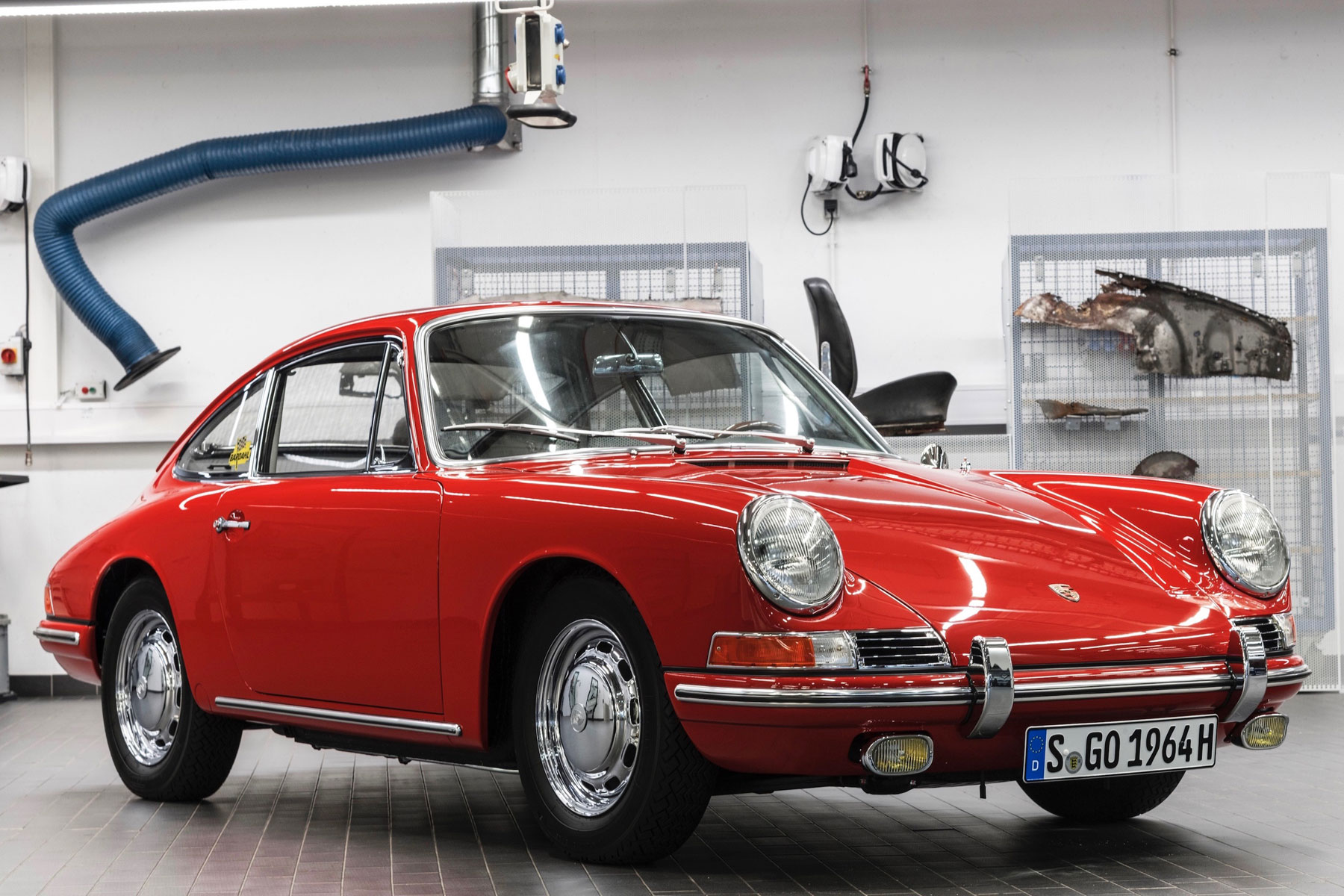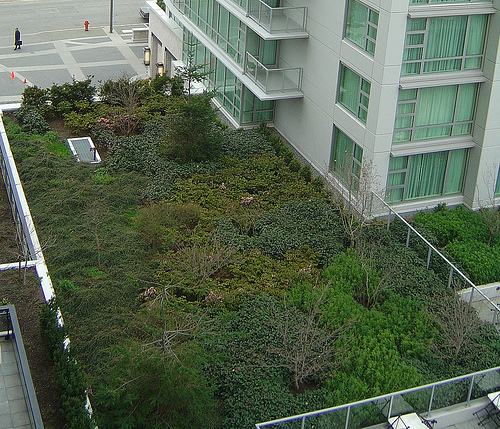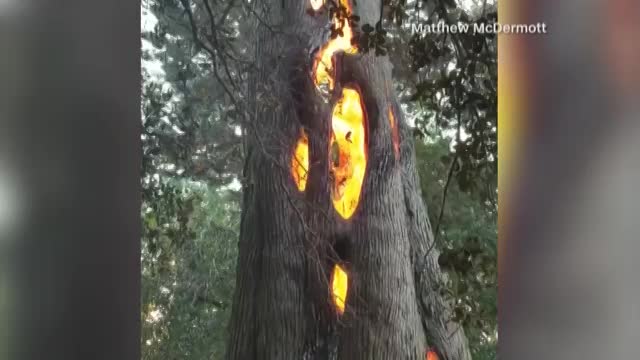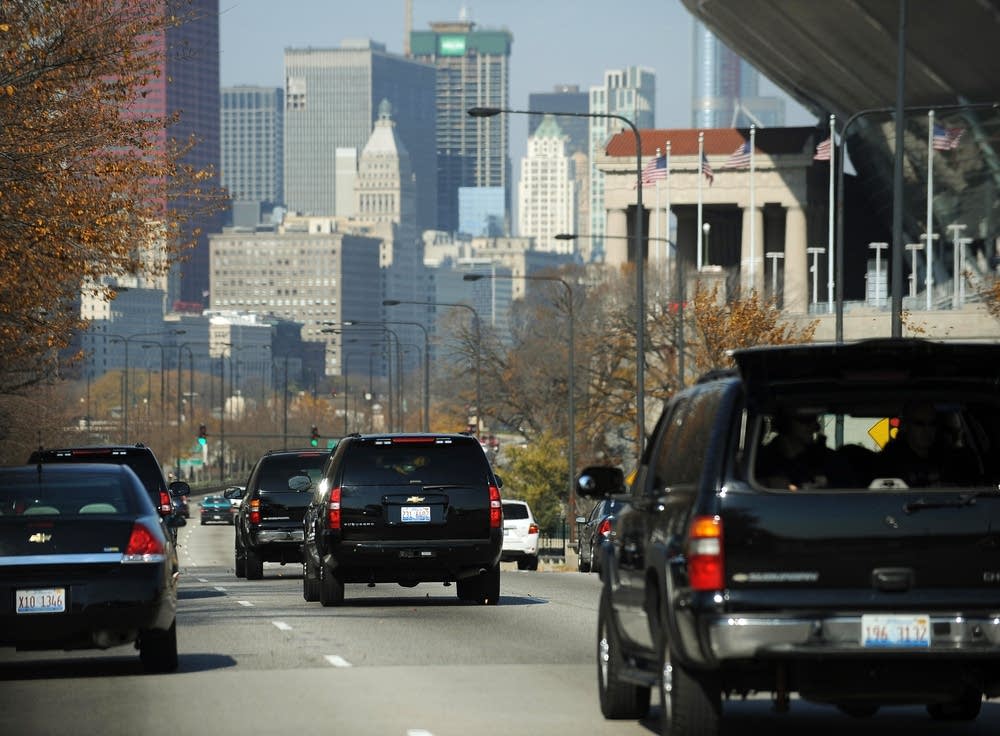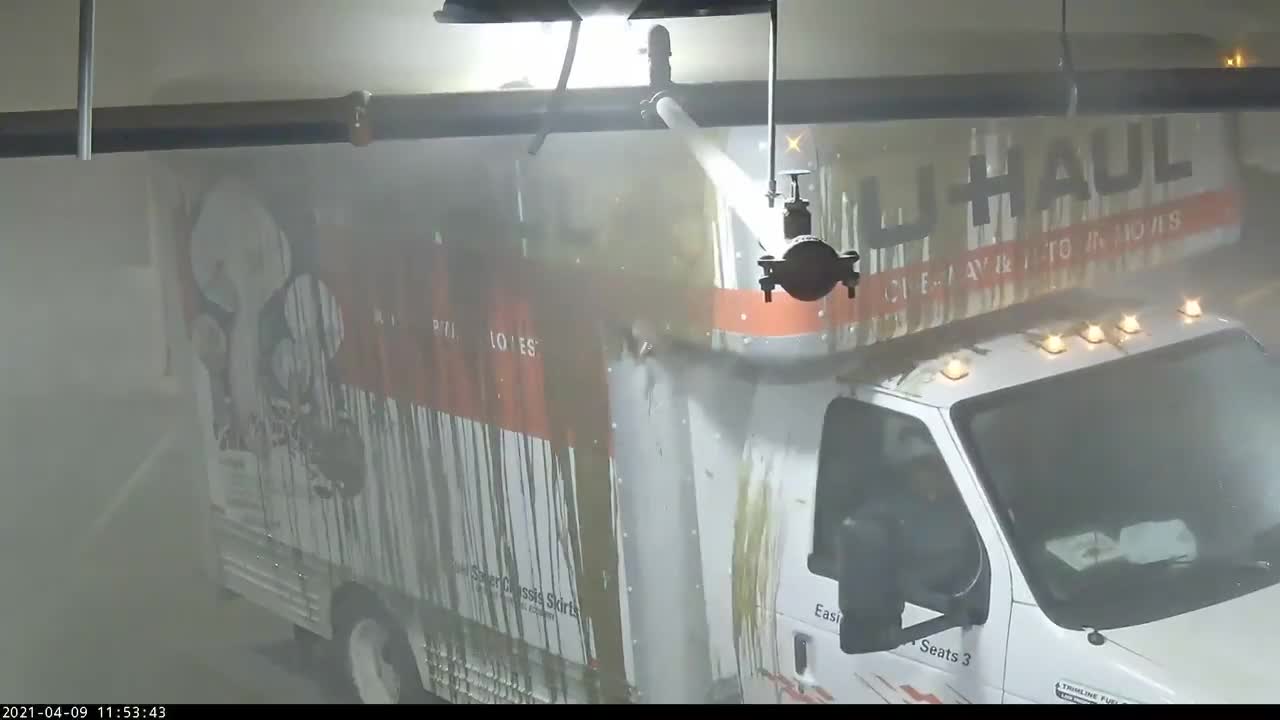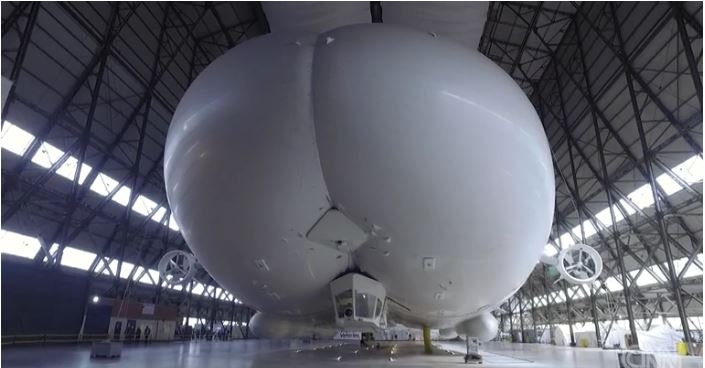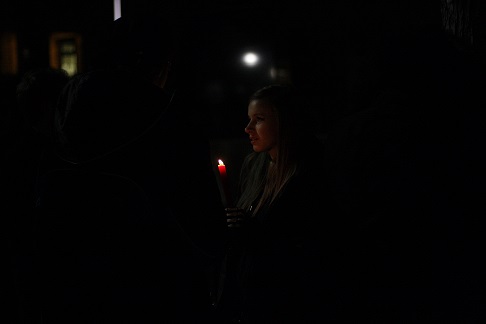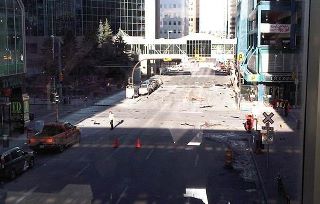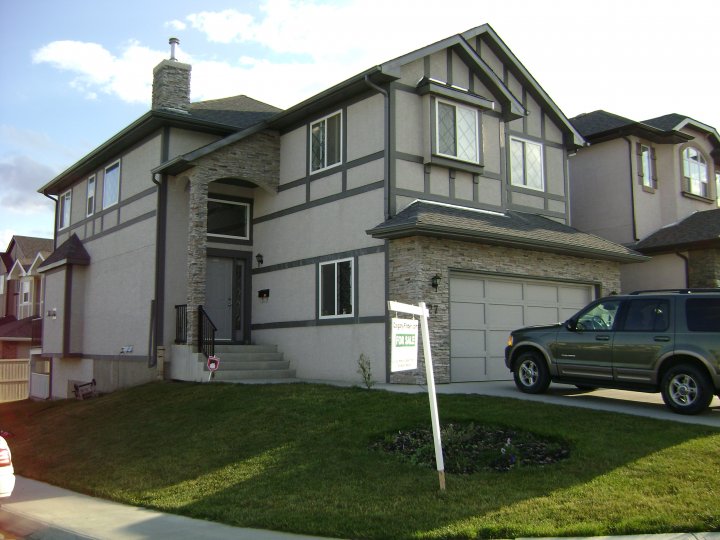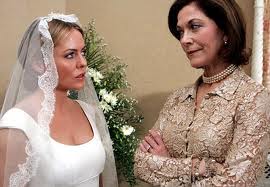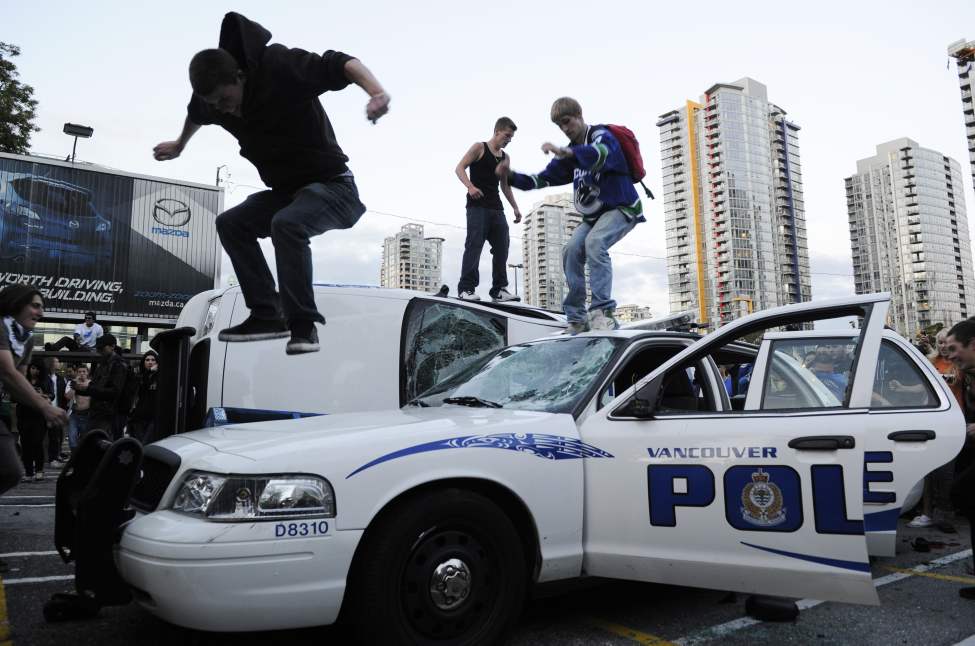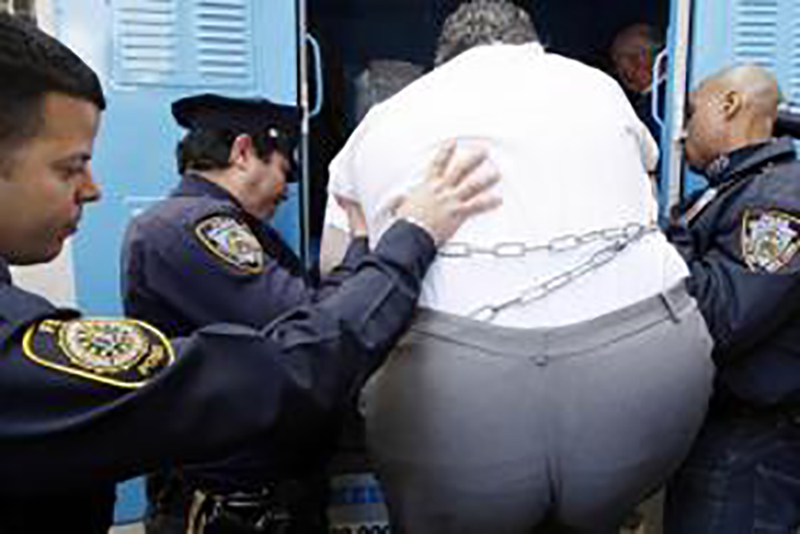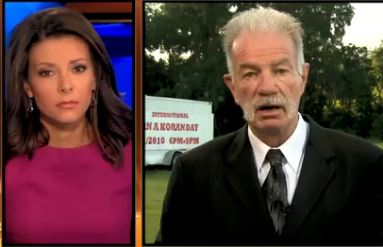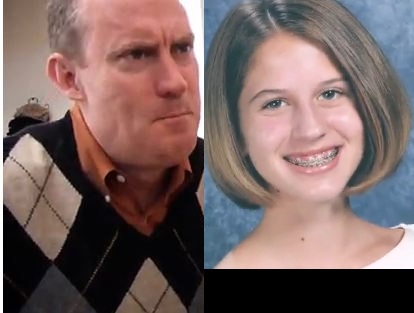Drone expert explains how Lady Gaga's 300 Super Bowl halftime flyers worked
Lady Gaga started her Super Bowl half time show at the top of Houston's NRG stadiumwith 300 drones flying in the night sky behind her, transforming from a constellation of stars into afloating American flag.
It was a stunning technological display that showcased Intel's Shooting Star drone squad, a team that creates shows with hundreds of drones that can be controlled and programmed ahead of time or changed up in real time.
According to Wired, that section of Lady Gaga's performance was taped ahead of time because it required special federal approval to fly so many drones at once soclose to Houston's airport and to avoid flying the drones live over the heads of a Super Bowl audience.
"They would be using some pretty rigorous GPS," said Adam Stephens, a digital media marketing specialist with AeryonLabs Inc., the Waterloo-based company that makes unmanned aerial vehiclesfor commercial use as well as heavy duty drones for military, police and public safetywork.
"GPS technology, I imagine, would be a main element for them, as well as digital positioningtechnology. There might possibly be some obstacle avoidance technologies which are becoming prevalent in the consumer grade drone technology now, although I imagine they could probably operate without those," said Stephens.
Intel can program and control up to 500 drones at a time.
3-D time and space
The real secret is not just the accurate positioning, but the programs that tell the drones where to be.
"They would have real-time 3-D modellersthat would be issuing out commands for the dronesto go ahead and hold positions at certain [places]," saidStephens.
He added that the practical way to accomplish three dimensional changes in flight formation would require a "3-D modeller over-laced with some sort of chronological or time graph, similar to video editing or audio editing software."
He said that the drones in Lady Gaga's show appear to be relatively small, about 12 inches (30 centimetres)across, and the propellers are encased in cages.
For comparison, Aeryon's drones are usually about 42 inches across (about 107centimetres), don't have a caged housing over the propellers and are ableto stay airborne for long periods of time.
Curious about the tech behind the drone light show during the #SB51 #PepsiHalfTime show? #ExperienceMore https://t.co/88ljU31ux1
—@intelCorrections
- In a previous version of this article CBC incorrectly identified Adam Stephens as Adam Stephenson.Feb 07, 2017 10:23 AM ET

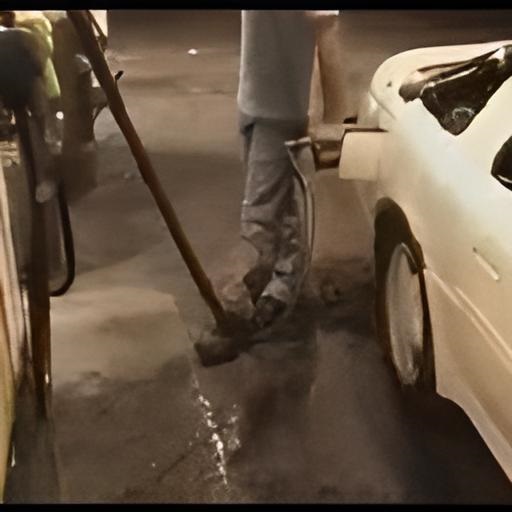
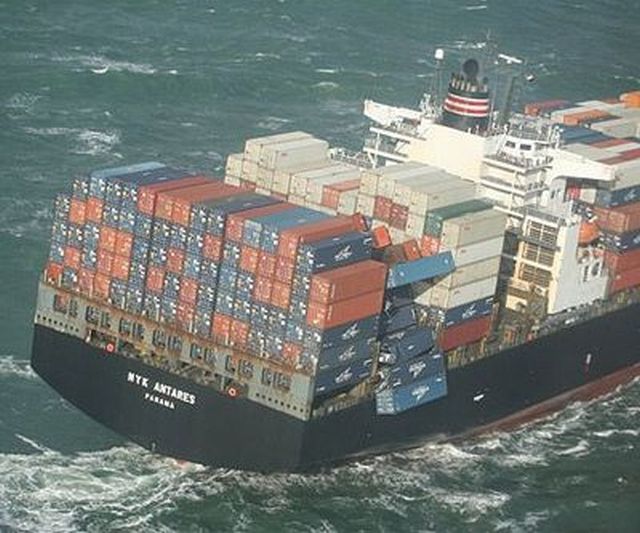
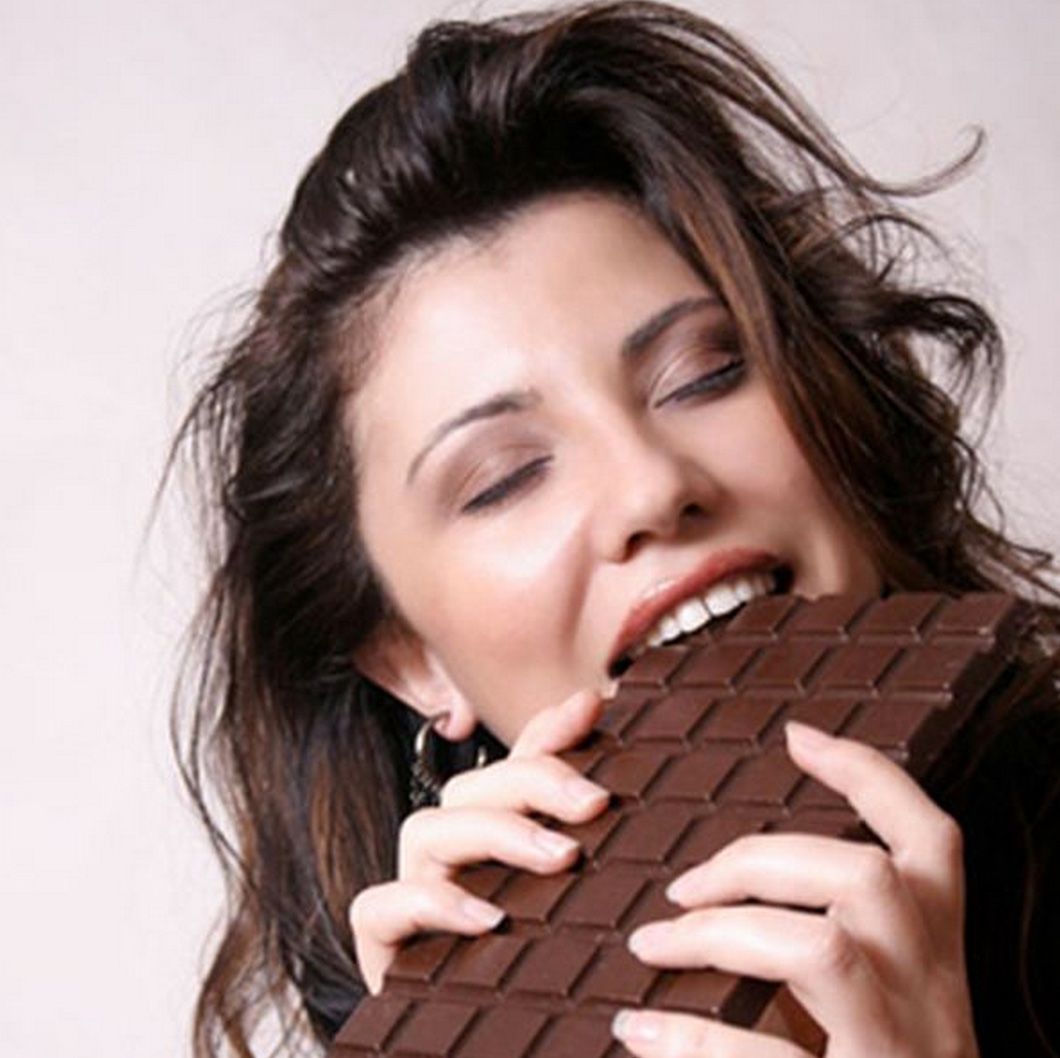
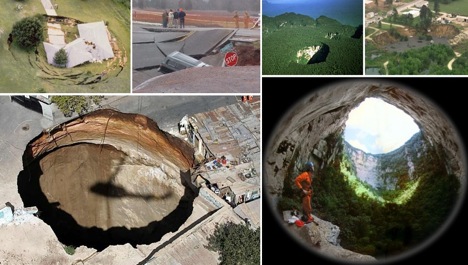

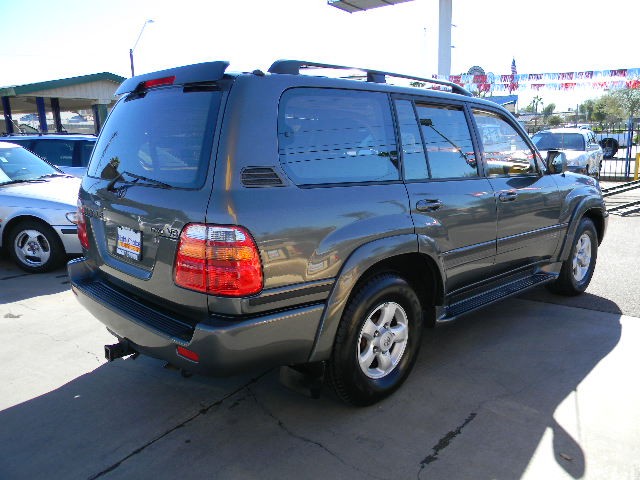
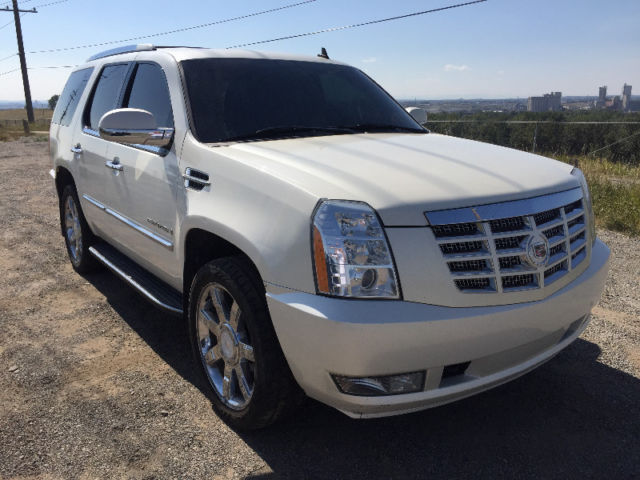
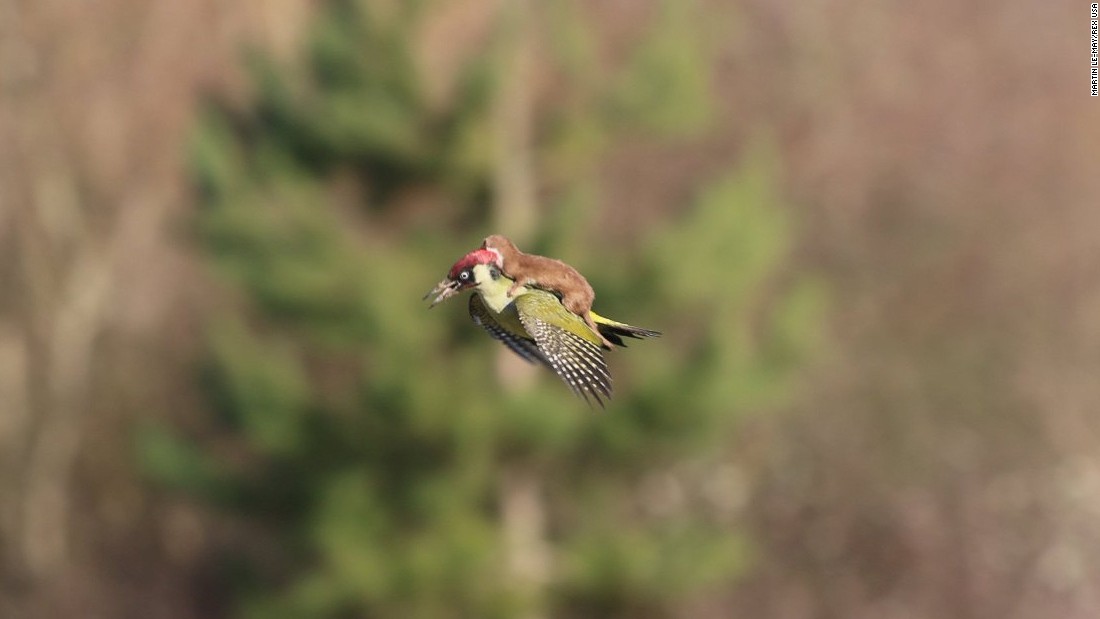

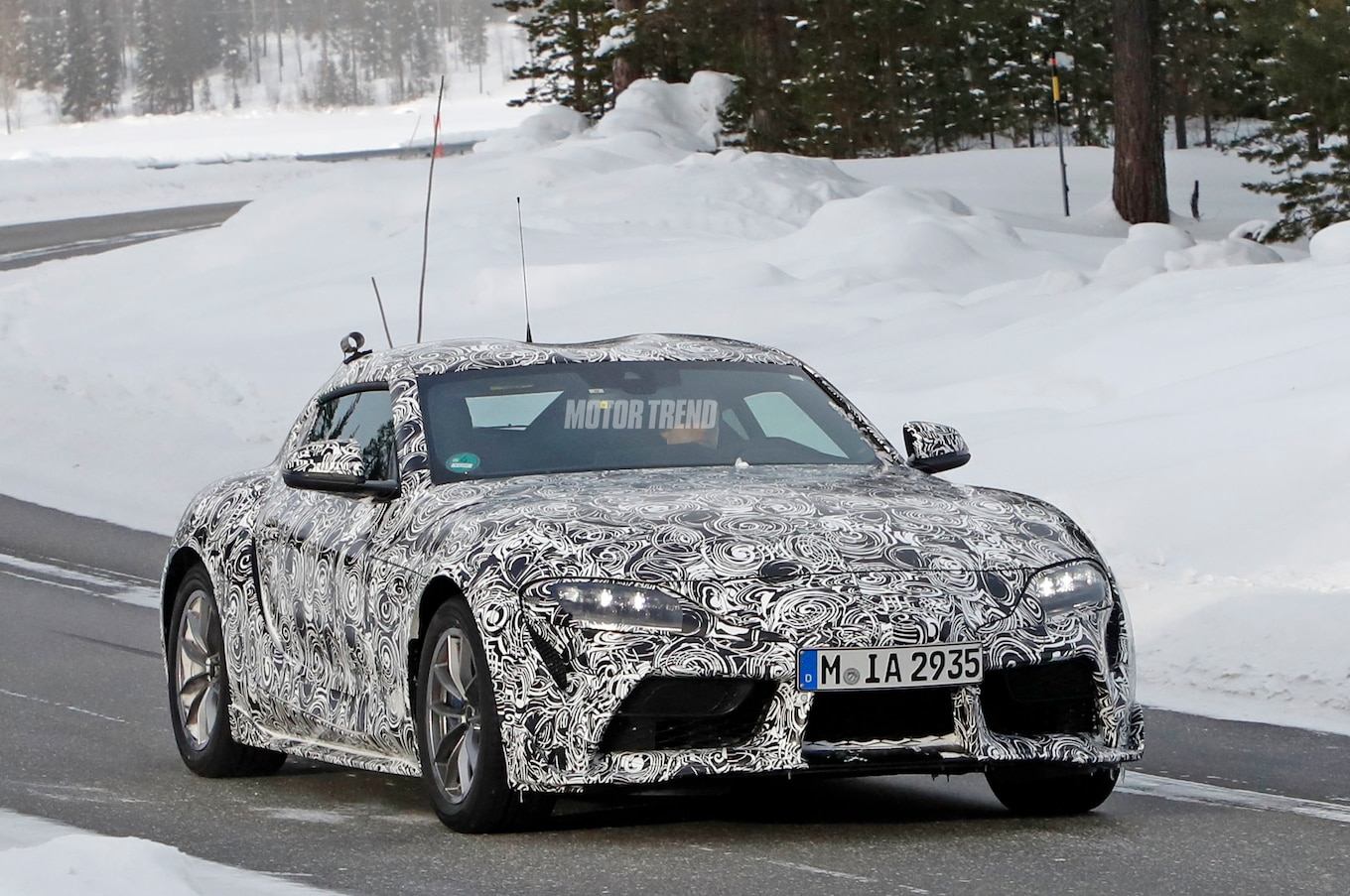


_(720p).jpg)


 OFFICIAL HD MUSIC VIDEO.jpg)
.jpg)
